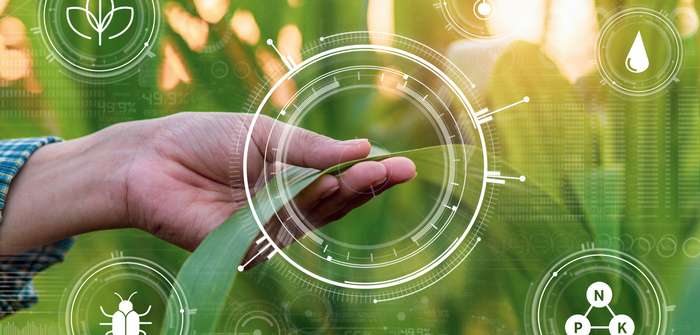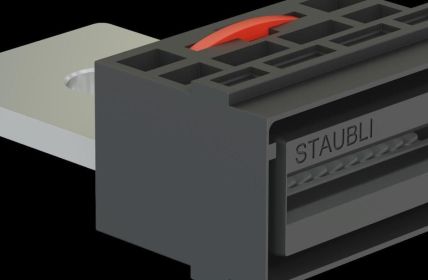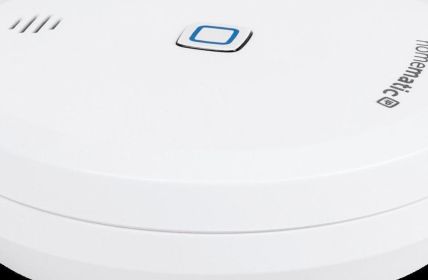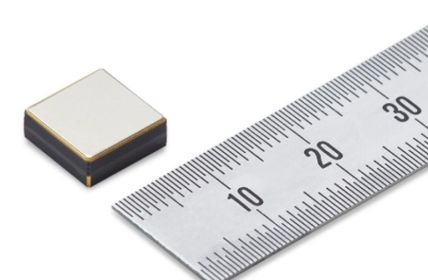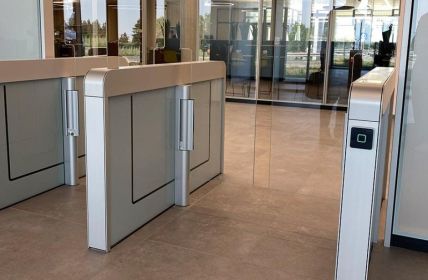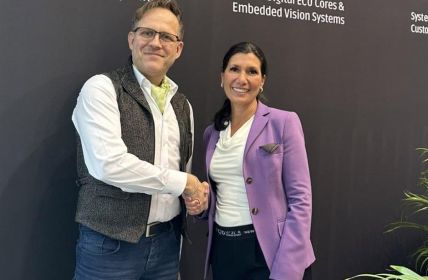WI-SUN means Wireless Smart Utility Network. Sometimes it is also referred to as Wireless Smart Ubiquitous Network. It is a standard used to network utility systems, streetlights and evaluation systems. Of course, this innovative technology can be used to connect numerous other devices and services. Different devices designed to use IPv6 mesh networks can be implemented in WI-SUN Alliance.
WI-SUN Alliance has been around for a long time
WI-SUN Alliance has been around since as early as 2011. However, at that time the technical development of this company was already somewhat ahead. Therefore, applications based on the IPv6 mesh standard did not play a major role at first.
But now, when numerous cities want to become digital, many users are reflecting on the innovative products. Already in 2019, more than 95 million devices using this new standard were shipped worldwide. For the smart city and for numerous other use cases, the solutions based on IPv6 mesh from the WI-SUN Alliance are important components. They can be used not only to collect data, but also to perform active switching.
For example, it is quite easy to determine how many people are waiting for a bus at different bus stops every day. The data obtained can be used to optimize schedules. Another typical application would be the automatic switching of streetlights. Sensors determine the lighting conditions directly on site and switch on the lights as needed. As a result, it never gets too dark in the city and, at the same time, unnecessary electricity is not consumed. However, there are countless other examples of how WI-SUN Alliance’s IPv6 mesh devices can be used.
What is better about WI-SUN Alliance’s technology than others?
There are already several systems of this type. Nearly comparable would be NB-IoT or LoRaWan. However, some special features have been discovered in WI-SUN Alliance’s technical solutions. These include the fast data transmission of up to 300 Kbit/s. Most competing products do not manage such a high data transmission rate. This makes it possible to control very complex data streams.
Another feature that is particularly important in the smart city sector is the interval between measurements and data transmissions. In almost all comparable technical solutions, the minimum interval is about one second. With the solution from the WI-SUN Alliance, the interval is up to 0.02 seconds. Therefore, data transmission via the IPv6 mesh standard takes place almost in real time. This is a significant advantage for planning.
This modern technology is now also used in agriculture. For example, harvesters determine the current harvested quantities. The measurements are not taken for an entire field, but rather it is divided into smaller areas. This data is later available to the seed drill and the fertilizer spreader. This makes it possible to avoid overfertilization and still achieve the optimum harvest quantity.


